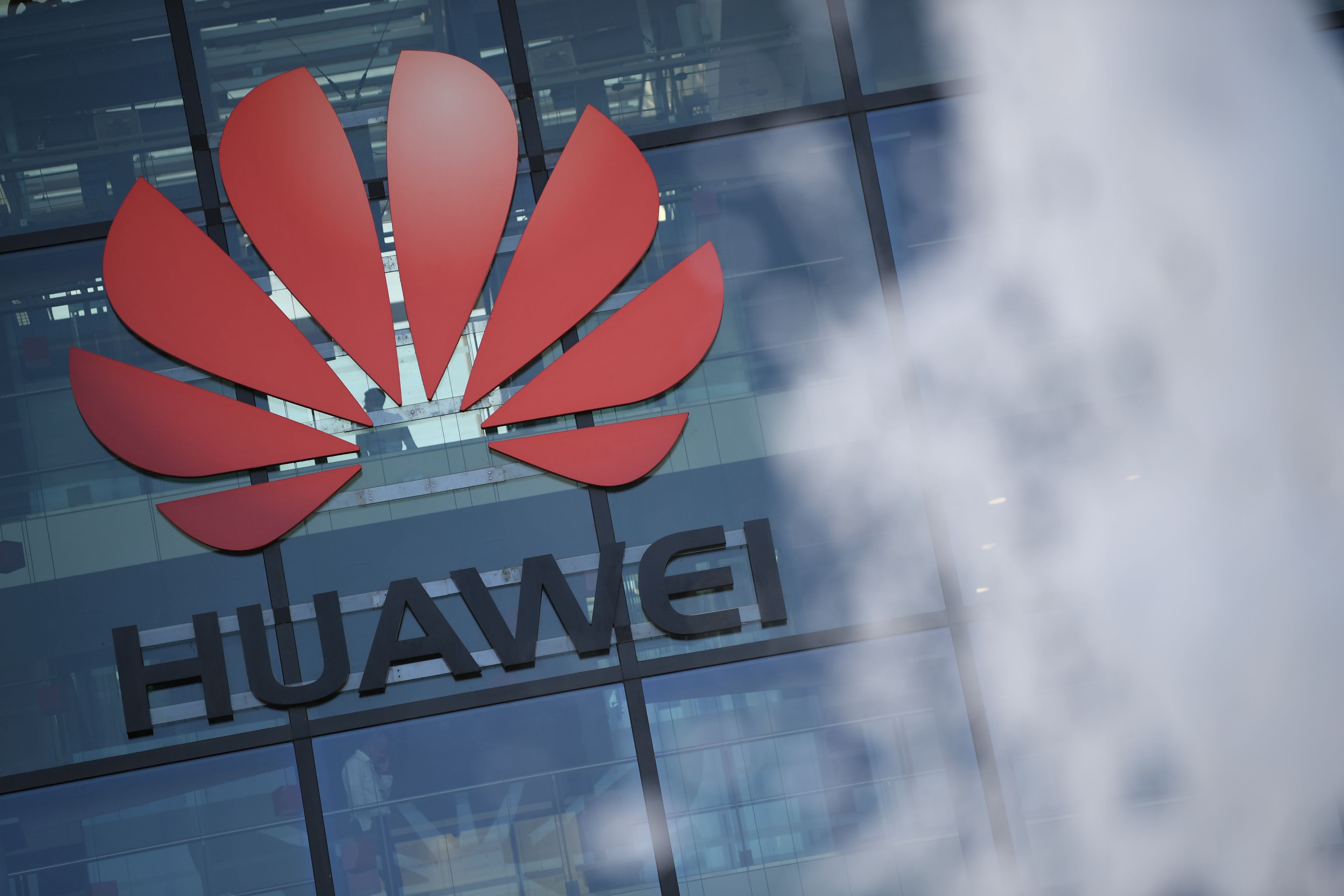
The logo of the Chinese company Huawei at its UK headquarters in Reading, west London, on January 28, 2020.
Daniel Leal-Olivas | AFP via Getty Images
Huawei became the world’s largest smartphone player in the second quarter for the first time, a new Canalys report shows.
Most sales come from China, as its international business suffers due to United States sanctions.
The Chinese provider shipped 55.8 million devices, down 5% year-over-year, according to the research firm. Meanwhile, second place Samsung sold 53.7 million smartphones, a drop of 30% compared to the same period last year.
It is the first time that Huawei has ranked first in a single quarter, an ambition that it has had for several years.
But analysts question whether this was sustainable given the fact that Huawei’s overseas markets outside of China suffered a blow as a result of U.S. sanctions against the company.
Huawei sold more than 70% of its smartphones in mainland China in the second quarter. Meanwhile, smartphone shipments in international markets plunged 27% yoy in the April-June quarter.
In Europe, a key region for Huawei, the company’s smartphone market share fell sharply to 16% in the second quarter from 22% in the same period in 2019, according to Counterpoint Research. It is the third-largest smartphone maker in Europe after Samsung and Apple, and shows how Huawei’s global position in the second quarter was built on efforts to expand its stake in China, the world’s second-largest economy.
Given China’s massive population, success often drives companies to a large “global” market share.
“It will be difficult for Huawei to maintain its leadership in the long term,” Mo Jia, an analyst at Canalys, said in a press release. “Its main channel partners in key regions, such as Europe, are becoming more cautious about the Huawei device range, acquiring fewer models, and incorporating new brands to reduce risk.”
“The strength in China alone will not be enough to keep Huawei on top once the world economy begins to recover,” he said.
Last year, Huawei was included in the U.S. Entity List, a blacklist that restricted its access to American technology. That meant Huawei couldn’t use licensed Google Android on its latest flagship devices.
In China, where Google services like Gmail or its search engine are effectively blocked, it’s not a big problem since Chinese consumers are not used to using such products. However, in international markets, not having Google is a big blow.
That’s one of the reasons why Huawei’s rivals, who can still use Android on their devices, have increased their market share. For example, in Europe, the Chinese company Xiaomi experienced an increase in its market share from 6% in the second quarter of 2019 to 13% in the same period this year, according to Counterpoint Research.
Huawei was forced to launch its own operating system called HarmonyOS last year. But analysts have previously questioned its success in international markets given the fact that key apps from the App Store are missing.
The Chinese telecommunications giant faced more pressure this year from Washington. A new rule introduced in May requires foreign manufacturers using US chip-making equipment to obtain a license before they can sell semiconductors to Huawei.
This could affect Huawei’s ability to purchase chips for its smartphones. While Huawei designs its own processors, they are manufactured by TSMC of Taiwan, which could be affected by this rule.
.